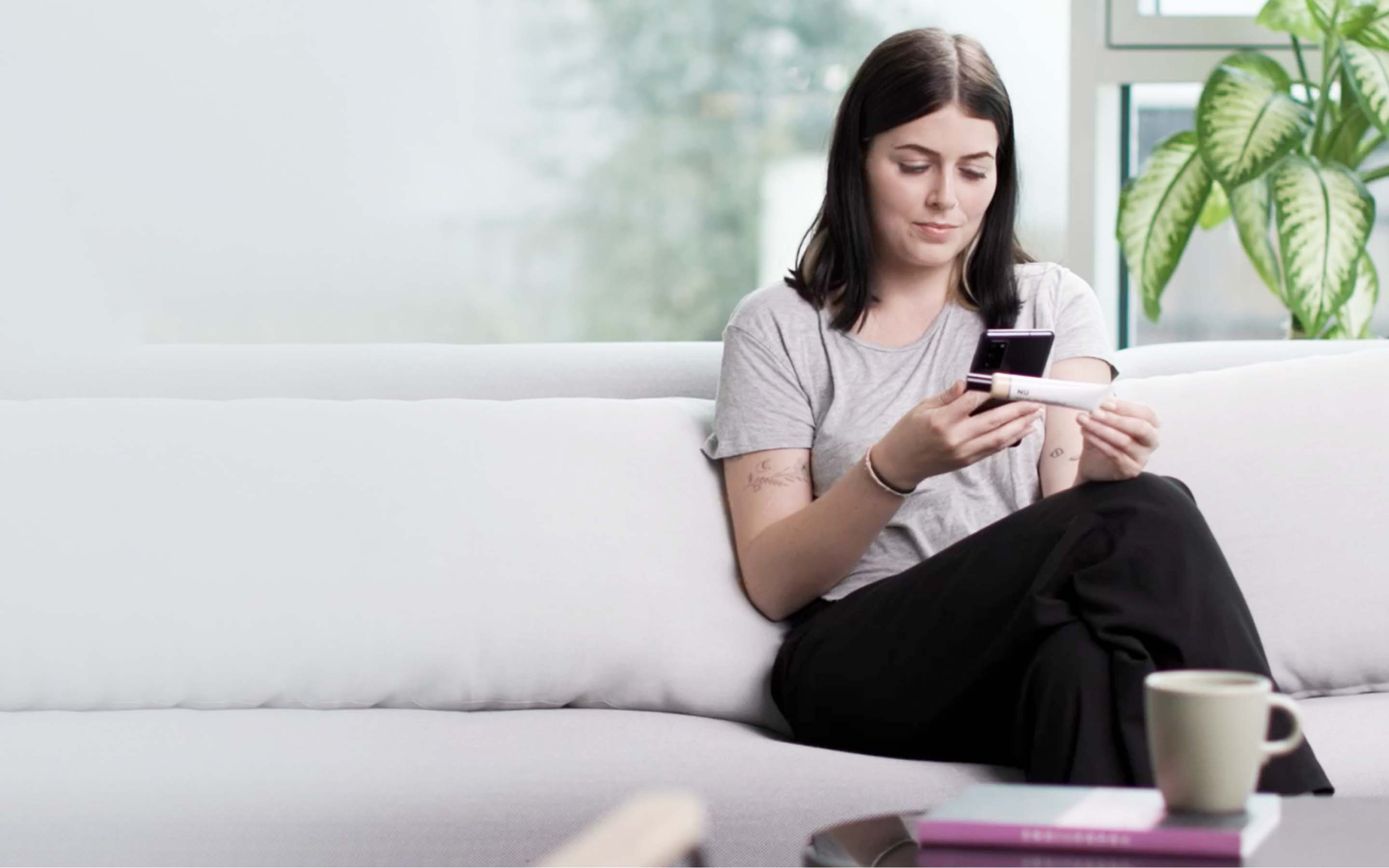In the retail industry, competition has increasingly shifted to the digital space, where companies attempt to differentiate themselves and their products from the pack. This is especially evident in the cosmetics and beauty sphere, where a variety of businesses have flooded the market with online shopping experiences and options.
L’Oréal, the world’s beauty leader, saw this trend but imagined another option that would go beyond it. Rather than simply increasing its focus on the online side of the customer’s journey, the company envisioned a future in which the physical and the digital sides of retail were united through the physical product that becomes a media.
Specifically, L’Oréal wanted to add scannable QR codes to its products that would connect shoppers or consumers from wherever they are to a digital twin that could provide all the information they would need to make a truly informed decision and multiple new consumer experiences.
“The product digital twin creates a new connection, and bridges consumers from the physical to the digital in the matter of a single scan. It opens up a brand-new consumer journey and allows people to access new information like virtual try-ons”, explains Stéphane Lannuzel, Beauty Tech Program Director at L’Oréal.
Othman Bennis, Global Deputy Digital Manager at La Roche-Posay (one of L’Oréal’s brands) elaborates: “in a world where skin care is booming and countless brands are entering the market, it’s becoming more and more difficult for consumers to make the right choice and decode what’s inside the product they buy.”
Developing a solution to support new releases and manage data
L’Oréal realized that this vision meant not only developing a new solution that would form the connection between physical and digital retail, but also linking the data connected to the business’ historical data. This was especially relevant for new releases, which represent 10-15% of L’Oréal’s annual product range. The twelve distinct tools or systems that played a role in these launches needed to be connected without altering the existing workflow.
To overcome this challenge, L’Oréal selected the Google Cloud as its platform of choice and partnered with Capgemini to address the technical challenges related to the project.
The partners began by utilizing Apigee API Management and Google BigQuery to connect the distinct tools and systems that were needed for new product launches. These selections enabled the partners to demonstrate the solution’s viability while enabling the partners to scale the digital twin program appropriately afterwards.
As a result of this technology package, L’Oréal has broken down previously existing siloes of information so that product information is readily accessible. This has enabled the use of scannable QR codes on the company’s various products that link to digital twins without requiring an overhaul of existing processes.
Product becomes the media and delivers a new experience
The solution launched in March 2021. The QR codes added to cosmetic products now provide customers with the option to pull up more extensive information on their phones without the need for a customer service agent. This includes the ingredients that go into the product, visualizations of it intended result, or even usage tutorials.
“This is what we have done with One-Twist Hair Color from L’Oréal Men Expert,” says Lannuzel. “Using the virtual trial, a customer can visualize the coloration and follow a step-by-step tutorial.”
Sunscreen provides another example of the digital twin’s function. “We bring the digital twin to educate consumers on the impact of UV rays through a screen simulation on real skin,” describes Bennis. “And we also bring a deep scientific expertise and information about our product’s superior sun protection.”
A scan will furthermore lead a user to reviews left by other customers, which delivers a new level of transparency meant to make the shopping experience easier and build trust in the brand.
More than ever before, L’Oréal has put beauty expertise into the hands of its audience. With easy access to key information, shoppers understand exactly what product they need to accomplish their desired effect while also being empowered with simple lessons in its application. All of this has resulted in a new, more engaging, and more insightful customer experience. And this goes for more than individual retail customers.
“Digital twins brought a revolution for stylists,” says Sandy Moragon Garcia, Kérastase Global Chief Digital Officer, another L’Oréal brand that has leveraged the solution. “We know that only 5% of our salons are considered curl experts. So digital twins will be key to offer them all the education and information needed to improve their know-how.”
Looking to an exciting future reality
Product Digital twins have proven to be the key to bringing together the diverse elements of L’Oréal’s business around the world. Digital twins have forged a bond between the in-person shopping experience and a digital portal that provides access to critical knowledge. And the future holds only more applications, as L’Oréal looks to better align customers’ digital interactions with products to the actual experience of using them.
“We’re just at the beginning of what’s possible in terms of providing added value for our consumers,” says Nicolas Lecoq, Global Head of Beauty Tech Services Accelerators at L’Oréal. “For example, we’re thinking of using the technology to help eczema sufferers follow the recommended course of treatment and provide them with advice depending on the weather forecast. Or to develop ways to encourage consumers to engage with refills and recycling as a way of incentivizing green behaviors. The possible applications are endless and extremely exciting.”





































